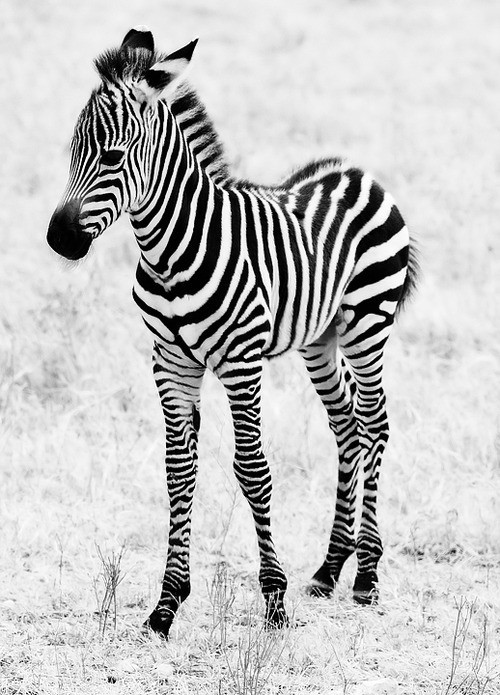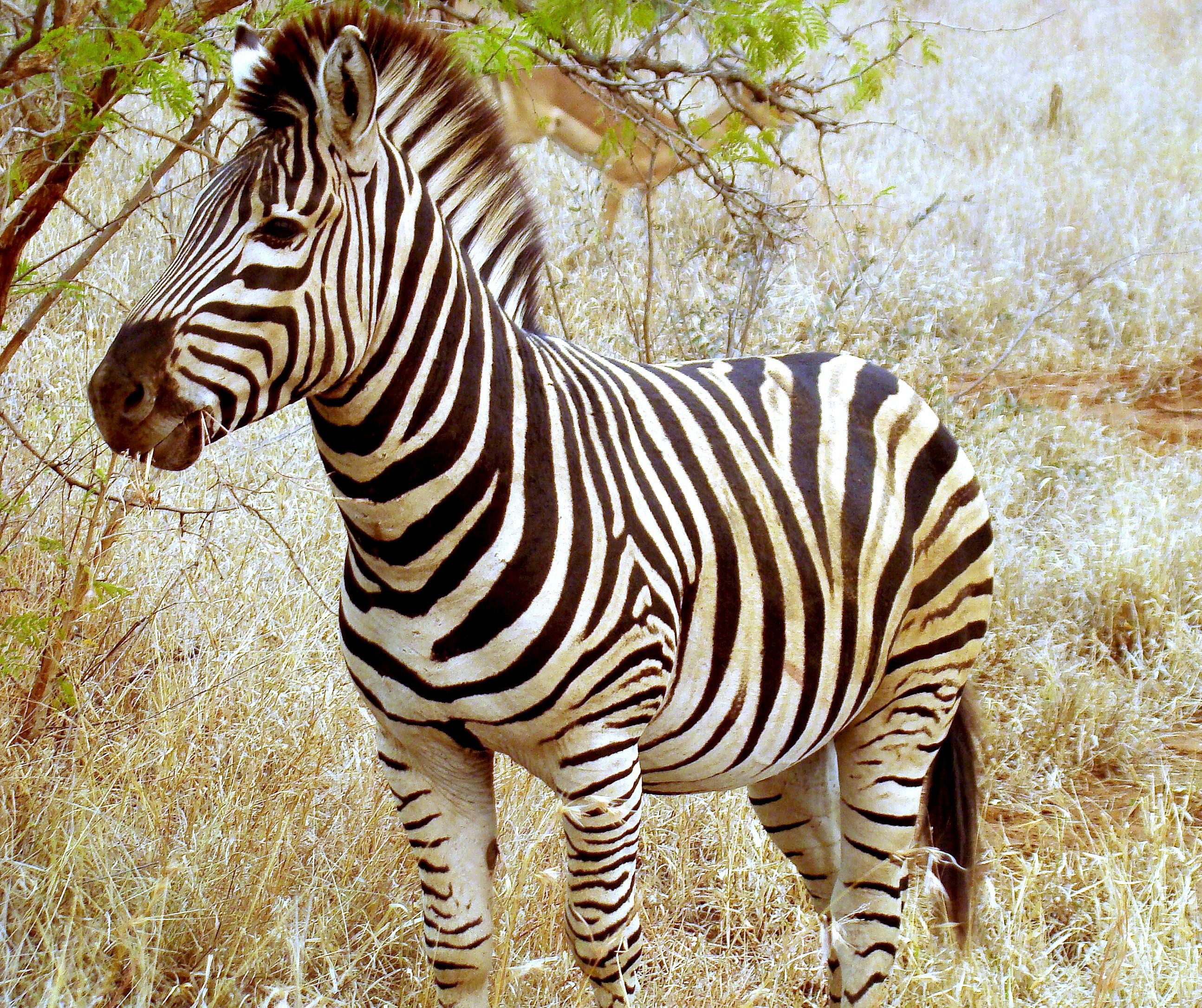

Zebras inhabit eastern and southern Africa and can be found in a variety of habitats such as savannahs, grasslands, woodlands, shrublands, and mountainous areas. Several theories have been proposed for the function of these stripes, with most evidence supporting them as a deterrent for biting flies. Zebra stripes come in different patterns, unique to each individual. Zebras share the genus Equus with horses and asses, the three groups being the only living members of the family Equidae. There are three living species: the Grévy's zebra ( Equus grevyi), plains zebra ( E. Zebras ( US: / ˈ z iː b r ə z/, UK: / ˈ z ɛ b r ə z, ˈ z iː-/) (subgenus Hippotigris) are African equines with distinctive black-and-white striped coats. Modern range of the three living zebra species They swallow the water while their bill tip is still submerged, unlike most birds that bring their bill tip up to swallow.A herd of plains zebras ( Equus quagga) in the Ngorongoro Crater in Tanzania

This short amount of time per bout is achieved by these birds' drinking method. Zebra finches only need an average of 3.6 seconds to drink 1.5 milliliters (0.053 imp fl oz 0.051 US fl oz) of water.Then, they dry off and re-oil their plumage in a warm sheltered spot. They then only drink for a few seconds and after drinking, the birds generally bathe for around a minute. Due to the danger of predation, Zebra finches gather in flocks in a bush or tree near a waterhole, only going to drink after the group is large enough.When at a higher temperature of 40 ☌ (104 ☏), they may drink from 6 to 12 milliliters (0.21 to 0.42 imp fl oz 0.20 to 0.41 US fl oz) of water per day. These small birds generally consume about 3 milliliters (0.11 imp fl oz 0.10 US fl oz)) in water per day.Male Zebra finches make a hissing noise when they protect their territory and mates.The Zebra finch is one of the fastest maturing bird species recorded young birds are ready to form pairs and breed at the age of 80 days!.Zebra finches are the most popular cage bird for more than 100 years!.The young become independent between 36-50 days after hatching and are ready to form pair bonds and breed when they get close to 80 days in age. They feed themselves by around 35 days after hatching, although they are still socially dependent on their parents during this time. They are able to feed themselves around 35 days after hatching, although they are still socially dependent on their parents during this time Young zebra finches fledge about 17 to 18 days after hatching.

Chicks fledge about 17-18 days after hatching. The female lays 2-8 white or pale greyish blue eggs which are incubated for 14 to 16 days by both parents. The breeding nest has a small entrance followed by a tunnel, which conceals the contents of the nest, leading to the egg chamber the latter two are separated by a raised lip, preventing eggs from rolling out. This nest helps the birds conserve body heat. The former is dome-shaped, has a large entrance on the side, and lacks an entrance tunnel. Zebra finches build both a roosting and breeding nest. The breeding season usually occurs after rainfall.

Nests are usually placed in a thorny shrub or tree, but also in cavities and ledges of commercial buildings. They generally breed in loose colonies of up to 50 nests (although the number of individuals in a colony can be up to about 230 when breeding, and around 350 when not), but they may also nest solitarily. Zebra finches are monogamous and mate for life. Males begin to sing at puberty, while females lack a singing ability. Their song is a few small beeps, leading up to a rhythmic song of varying complexity in males. Their calls can be a loud beep, meep, oi! or a-ha!. Zebra finches are loud and boisterous singers. Insects are usually caught in short flights from lookout perches. In times of scarcity, Zebra finches can use their bill to dig into the ground to find a buried seed. They may also take the head to the ground by jumping up and seizing it with their bill or feet. To do this, they either fly and peck out seeds one at a time, or they perch on a nearby branch. Zebra finches are diurnal and generally forage on the ground but they also eat seeds on the heads of standing grass. During the breeding season, small or medium-sized flocks are common, but outside of the breeding season, they gather in flocks of up to about 500 birds. Zebra finches are social birds they live and forage in flocks, although sometimes they may feed in pairs or singly.


 0 kommentar(er)
0 kommentar(er)
